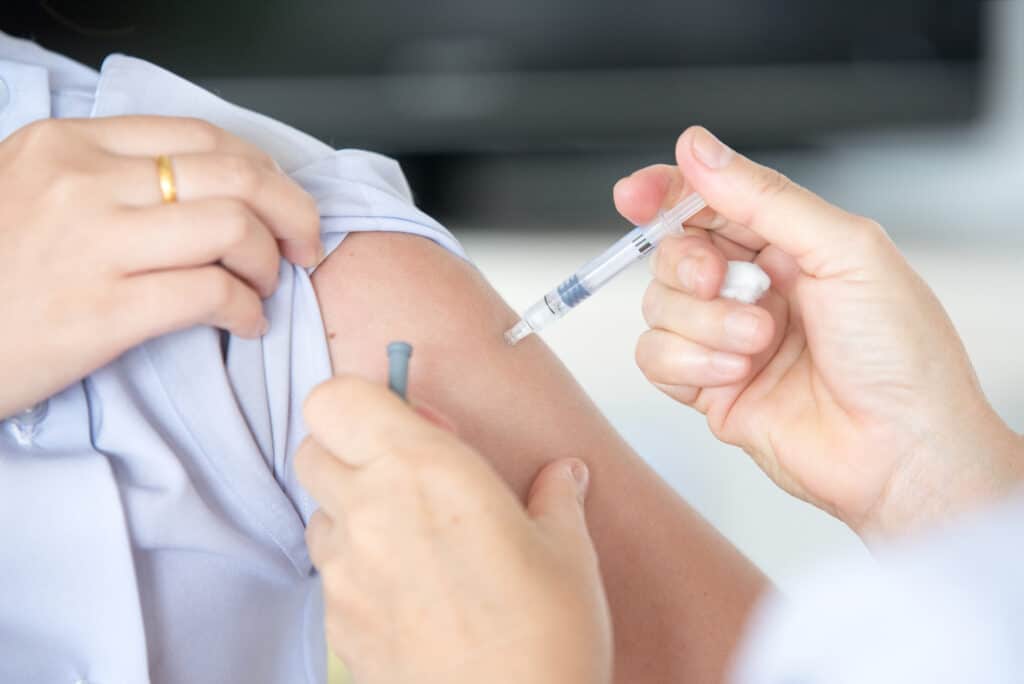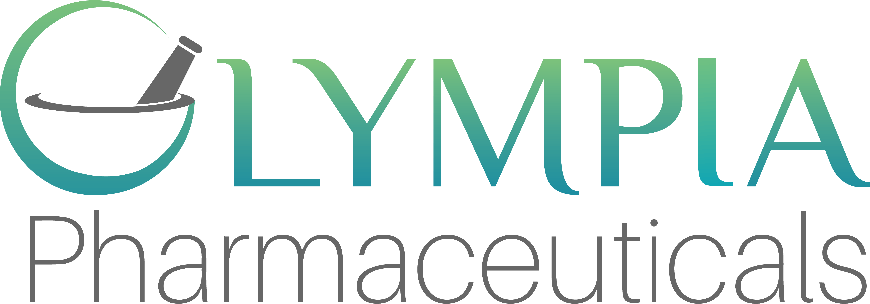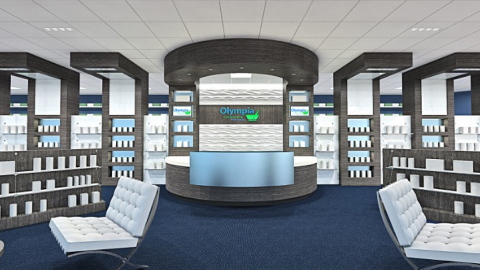The IV bag shortage has become a pressing challenge for healthcare providers, disrupting treatments and straining resources nationwide. This shortage, exacerbated by Hurricane Helene’s impact on a major production facility, highlights vulnerabilities in the medical supply chain and underscores the need for alternative solutions. As hospitals adapt to these constraints, intramuscular (IM) therapy emerges as a practical substitute for many IV treatments, ensuring patients continue to receive essential care.
In this guide, we’ll explore the causes of the IV saline bag shortage, its implications for patient care and how adaptable therapies like IM administration can help bridge the gap during this critical time.
Why Is There an IV Saline Bag Shortage?
IV product shortages had already been reported for years, stemming from limited manufacturing capacity and reliance on just three major manufacturers: Baxter, B. Braun and ICU Medical. The current IV saline bag shortage highlights a long-standing vulnerability in the healthcare supply chain. Hurricane Helene, a Category 4 storm that struck in late September 2024, caused severe flooding and forced the shutdown of Baxter’s manufacturing facility in North Carolina, which produces about 60% of the nation’s IV fluids. This closure left hospitals scrambling to manage supplies.
In October 2024, a survey by Premier Inc. revealed that 86% of healthcare providers were experiencing shortages, with over half reporting less than 10 days of supply. Smaller hospitals, particularly those with 25 or fewer beds, received none of their requested allocations. The same month, the Food and Drug Administration (FDA) responded by adding 70% Dextrose, Lactated Ringers and Peritoneal Dialysis IV solutions to its drug shortage list.
The issue underscores a pre-existing fragility in the system, which has been evident since disruptions like Hurricane Maria in 2017, and highlights the ongoing need for diversified production and greater supply chain resilience.
How Long Will the Shortage Last?
The duration of the IV saline bag shortage remains uncertain, though efforts are underway to address the problem. Baxter International has begun ramping up production at its North Cove facility, with projections to restore operations to full capacity by the end of the year. In the interim, Baxter has imported tens of millions of IV fluid units from its global plants in Thailand, Canada and the U.K., among others, and has distributed existing stock to hospitals nationwide. The FDA has also extended expiration dates on more than 50 IV products to prevent wastage during this period.
Despite these measures, experts warn that supply challenges may persist. Historical data shows that the average shortage now can last over three years. Hospitals are being advised to implement conservation strategies, such as prioritizing IV fluids for high-acuity patients, reducing infusion rates and transitioning to oral hydration when clinically appropriate.

Impact of the IV Shortage
The IV saline bag shortage has immensely strained patient care, healthcare providers and hospital resources. Hospitals across the U.S. report delays in elective surgeries and adjustments to treatment protocols. A survey by Premier Inc. found that 17% of healthcare providers had already postponed elective procedures, while 58% were considering similar measures due to the lack of IV fluid availability. Over 86% of healthcare providers surveyed are experiencing IV shortages, with 54% reporting less than 10 days’ supply of IV fluids in stock.
Smaller facilities, particularly those with 25 or fewer beds, face the most acute shortages, often receiving none of their requested supplies. This has forced hospitals to prioritize IV fluid use for critically ill and high-risk patients, such as children and those undergoing emergency procedures.
The uncertainty surrounding the recovery timeline highlights the need for continued vigilance and alternative strategies to ensure uninterrupted patient care. Hospitals are turning to expensive stopgap measures, such as compounding their own IV solutions, which increases costs and resource demands. Additionally, alternatives like hydration tablets and oral electrolyte solutions are being used where clinically appropriate, but these may not fully replace the efficacy of IV hydration in critical cases.
Alternatives to IV Therapy During the IV Bag Shortage
In response to the IV saline bag shortage, hospitals and healthcare providers are turning to alternative delivery methods, with IM administration emerging as a viable option for many treatments. IM administration allows direct medication delivery into muscle tissue, offering quicker absorption than oral alternatives and reducing reliance on scarce IV supplies.
IM therapy provides additional advantages during this crisis. Its flexibility allows a wide range of medications to be administered efficiently, making it a versatile alternative to IV therapy. IM injections also require fewer supplies, conserving essential resources like IV bags and tubing. Furthermore, the ease of administration with minimal equipment reduces dependence on IV-specific supplies, while many patients find IM injections less invasive and more comfortable than maintaining an IV line.

Difference Between IV and IM Therapy
IV and IM therapies are two widely used methods of delivering medications and fluids, each offering unique advantages depending on the medical situation. IV therapy involves the direct delivery of substances into a vein, providing rapid action and immediate bioavailability. This method is critical for emergency care or treatments requiring precise, fast-acting solutions.
IM therapy delivers medication into the muscle, where it is absorbed into the bloodstream over time. This method is less invasive than IV and is ideal for treatments that do not require instantaneous effects but benefit from sustained absorption.
Here are the main comparisons between IV and IM therapy:
IV Therapy:
- Speed of Delivery: Medications reach the bloodstream instantly, making this the fastest method of administration. Ideal for emergencies like severe dehydration, shock or life-threatening conditions requiring immediate intervention.
- Absorption Rates: Provides 100% bioavailability, as substances are directly introduced into the bloodstream, ensuring precise dosing and predictable effects. Common for critical treatments like chemotherapy or electrolyte correction.
- Use Cases: IV therapy is essential for rapidly restoring fluids, delivering nutrients to patients unable to consume them orally, administering emergency medications for conditions and facilitating immediate blood or plasma transfusion.
IM Therapy:
- Speed of Delivery: While not as immediate as IV therapy, IM injections provide relatively fast absorption due to the muscle’s rich blood supply. Suitable for non-emergency treatments requiring timely effects, such as pain management or vaccinations.
- Absorption Rates: Efficient but slightly slower than IV, as medications must be absorbed from the muscle into the bloodstream. It’s particularly useful for drugs with sustained release, like hormonal therapies or long-acting antibiotics.
- Use Cases: IM therapy is widely used for vaccines requiring steady absorption, medications that may irritate veins and patients with limited vein access.

Using IV Therapies as IM
While the IV bag shortage creates challenges across healthcare, IM therapy provides a simple option for administering Olympia’s nutrient therapies. Many of Olympia’s products, typically used for wellness and recovery, can be seamlessly transitioned to IM delivery. This approach ensures that patients seeking energy boosts, immune support or recovery assistance can continue to benefit from these therapies without relying on IV administration. For example:
- Myers’ Cocktail aids in reducing fatigue and inflammation.
- Get Up and Go Kit supports metabolism and energy.
- Inner Beauty Kit helps reduce the appearance of wrinkles, acne and tired skin.
Olympia Pharmacy’s flexibility and commitment to patient care enable providers to navigate the IV bag shortage, ensuring continuity of treatment and optimal health outcomes for patients. Explore our full range of IM-adaptable therapies to find solutions tailored to your needs.



